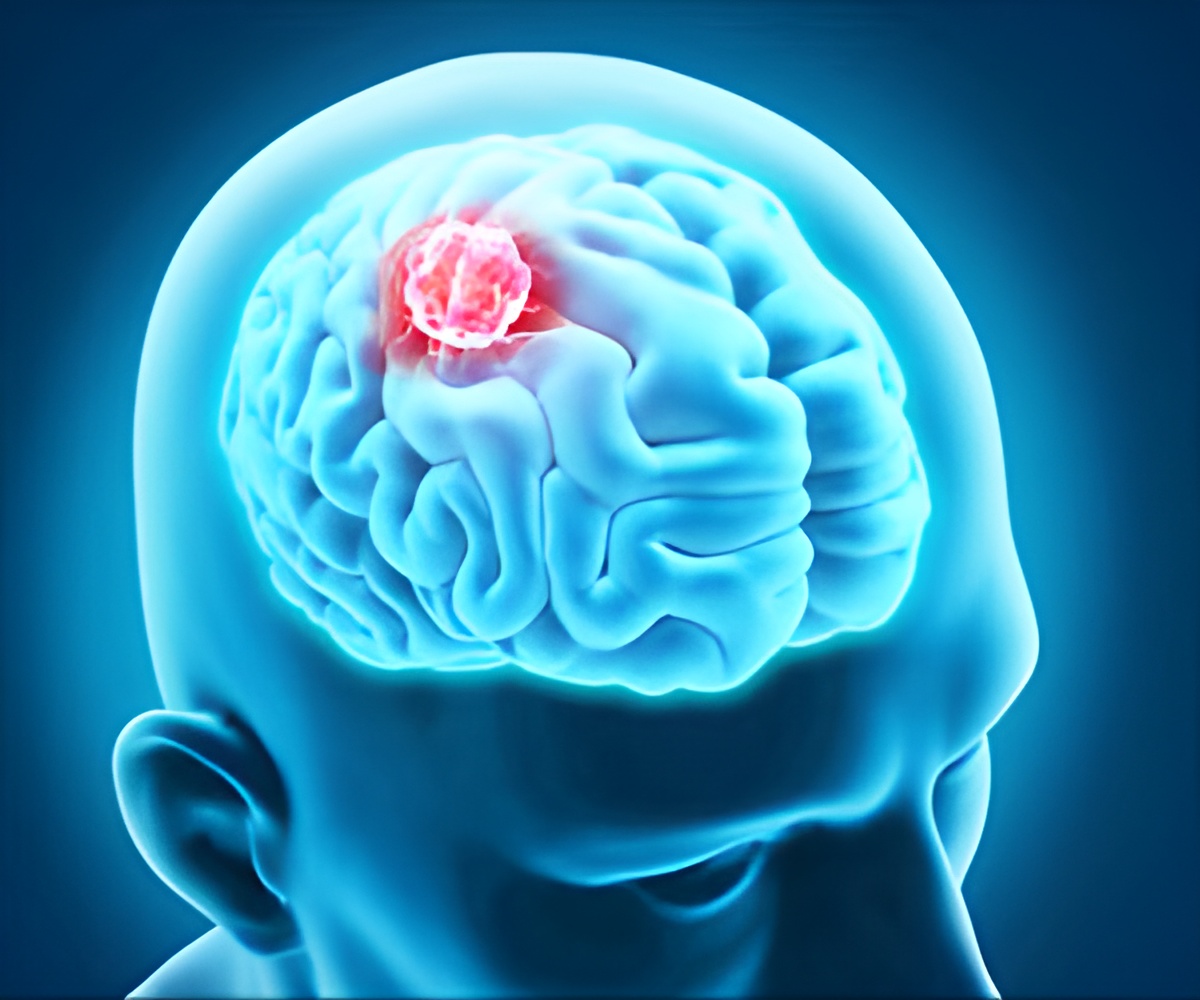Biomarker that will aid in predicting the prognosis of pediatric ependymomas has been identified.

- The current prognostic markers used in ependymomas are poor indicators of its outcome.
- New research has identified the epigenetic mechanism behind ependymomas.
- Those tumors that exhibited a loss of histone H3K27me3, were more aggressive.
Ependymomas
Ependymomas arise from the ependymal cells that line the ventricles of the brain and the center of the spinal cord. They are soft, grayish or red tumors that may contain cysts or mineral calcifications.
Symptoms of an ependymoma are related to the location and size of the tumor. In babies, increased head size may be one of the first symptoms. Irritability, sleeplessness, and vomiting may develop as the tumor grows.
In older children and adults, nausea, vomiting, and headache are the most common symptoms.
They are the sixth most common brain tumor in children. About 30% of pediatric ependymomas are diagnosed in children younger than 3 years of age.
Routine assessment of tumor grade and other markers in PF ependymomas are poor indicators of the outcomes in these tumors. This marks the need for new prognostic markers.
Genomic sequencing efforts have failed to identify mutations in these tumors, and the origin of PF ependymomas remains obscure.
Though these tumor cells lack recurrent genetic mutations, a subset of these tumors exhibit alterations in DNA methylation.
In this study, the researchers looked at modification of histones which are the protein components of the chromatin around which DNA winds, and which play a role in gene regulation. In particular, they looked at histone H3.
Co-lead investigator, Sriram Venneti, MD, PhD, of the Department of Pathology at the University of Michigan, observed that histone H3 is modified differently in pediatric posterior fossa ependymoma.
Specifically, 80% of these tumors exhibited loss of the H3K27me3 a repressive mark, while 20% of tumors retained H3K27me3.
Researchers then examined the MRIs and outcomes of children treated for these tumors and identified that tumors with loss of H3K27me3 tumors behaved more aggressively and showed poor overall survival.
This suggests that reduced H3K27me3 may be a prognostic indicator in PF ependymomas.
"Detection of H3K27me3 by immunohistochemical staining is a widely available and cost effective surrogate molecular marker. This test can be readily implemented in most departments of pathology and provides a much-needed tool to risk stratify and identify ependymoma patients who would potentially benefit from epigenetic therapies," said co-lead investigator Alexander R. Judkins, MD, of the Department of Pathology and Laboratory Medicine at CHLA and Keck School of Medicine of the University of Southern California.
This loss in H3K27me3, along with other epigenetic changes, was similar to that observed in another type of pediatric brain tumor of the hind brain region termed diffuse intrinsic pontine gliomas (DIPGs). This suggests that both of these tumors arise from similar epigenetic states.
The researchers found that that low methylation of H3K27me3 is important to the development of tumors in this region of the brain.
According to the Collaborative Ependymoma Research Network (CERN) Foundation, the current standard therapy for ependymomas includes total surgery that may be followed by radiation therapy.
Complete surgical resection is often not possible due to tumor location and concerns about damaging the surrounding brain during surgery.
Such treatment can affect the cognitive functions especially to pediatric patients.
By demonstrating the epigenetic mechanism, researchers will be better able to identify these tumors, determine a more accurate prognosis and importantly develop better therapeutic options.
References
- Ependymoma - (http://www.abta.org/brain-tumor-information/types-of-tumors/ependymoma.html?referrer=https://www.google.co.in/)
Source-Medindia















